Reynaldo López, King of FIP
Here’s a shock; Reynaldo López holds the sixth-best WAR and sixth-best FIP (as of games through 9/28/22) among qualified relievers in 2022. If you rostered him from the start of the season until now, which I’m sure you didn’t, you would have accumulated five wins, leveled out your ERA with a 2.84 contribution, and almost certainly lowered your overall WHIP thanks to his career-low 0.93.
In 2022 López lowered his BB% by nearly eight percentage points and increased his K% by over five percentage points when compared to his 2020 season. Just look at how his statcast percentile ranks have changed over that time:
How did he do it? I won’t dance around the answer trying to build tension, I’ll just deliver it up front; he became a reliever and started throwing harder. In 2022, he only started one game and in that start against the Texas Rangers on June, 10th, he only threw two innings, acting as an opener in what essentially was a bullpen game.
At the end of the 2020 season when López was 26 years old and holding a 6.49 ERA, the White Sox didn’t know what to do with the big righty. He started nine games and only threw 57.2 innings. In 2021, he bounced back and forth between reliever and starter roles, and in his reliever roles, he averaged two innings. In 2022, only 14 of his 59 games have gone over one inning. When a pitcher knows he is only going out for one inning, he can put a little more ompfff in his fastball:
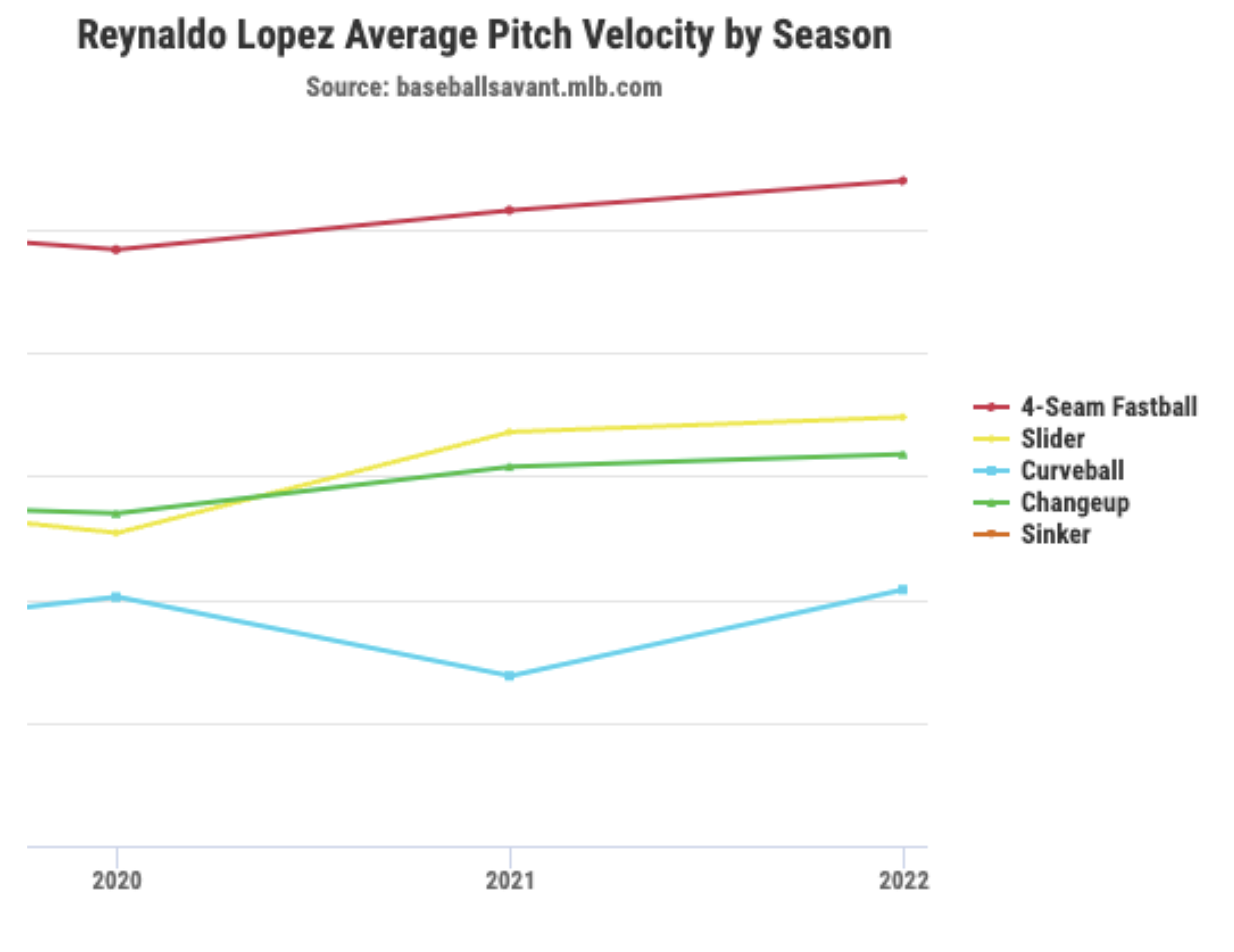
It would certainly seem that throwing the ball harder on all of his four pitches used in 2022 has led to overall improvements, but each pitch on its own has improved in Whiff%. In addition, his overall out-of-zone swing % has improved.
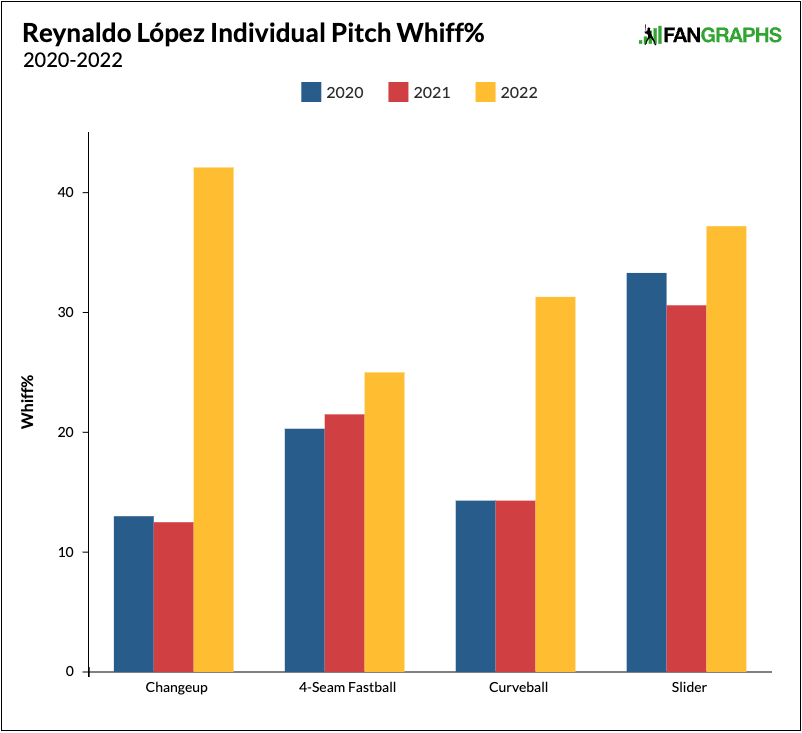
So, is it that simple? Throw the ball harder for a shorter period of time and you’ll be better? You’ll double your WAR in a single season and you’ll more than double your WAR from two seasons ago? Decreasing his FIP has gone a long way when it comes to increasing his WAR. If a pitcher limit’s their home run totals while also limiting the walks they give up, they are on their way to an improved FIP.
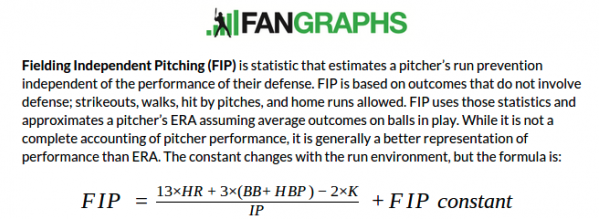
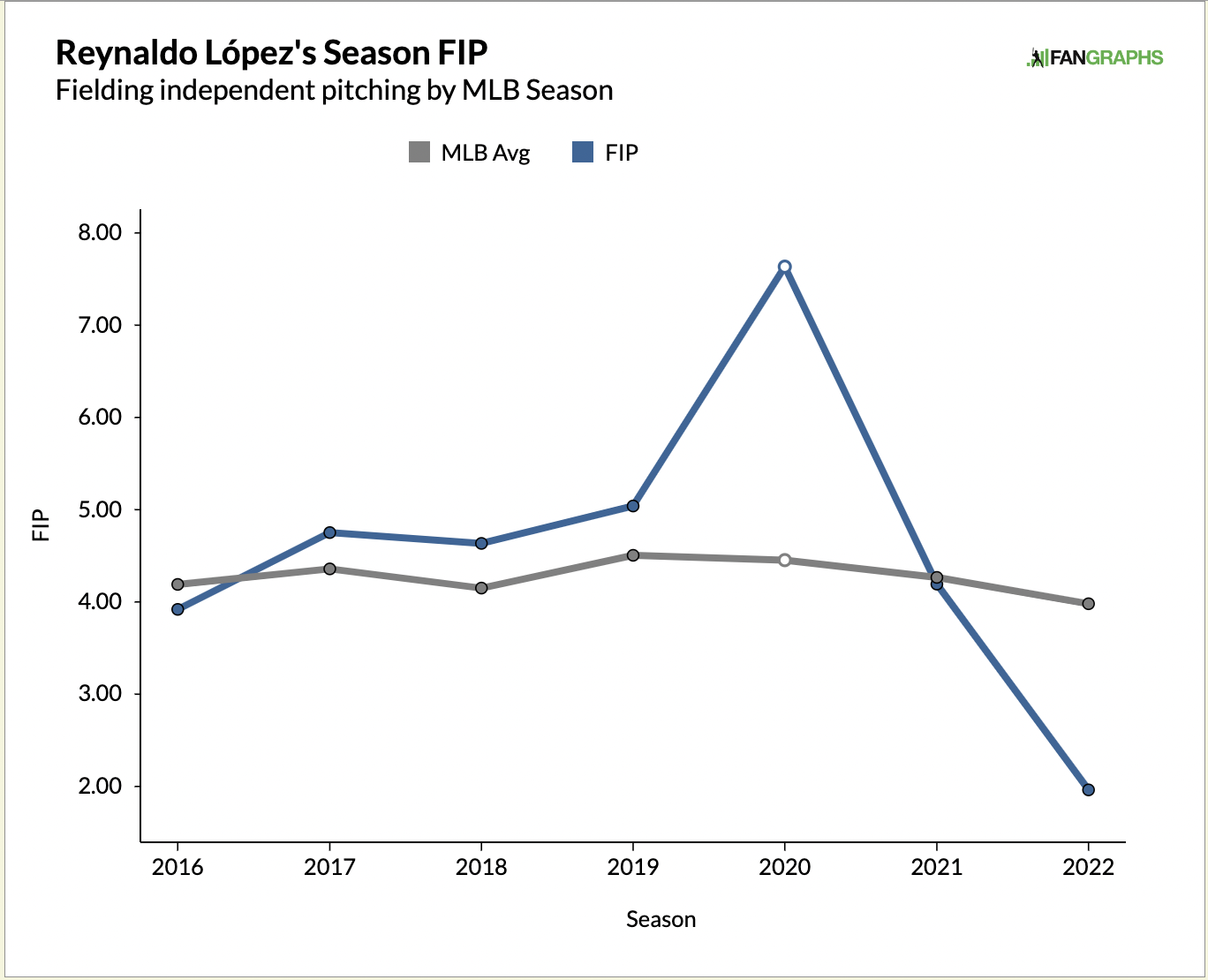
But the real kicker here is that while he has lowered his FIP, increased his Whiff%, increased his Chase%, lowered his ERA, his WHIP, and his BB/9, López has held an unsustainably low HR/FB rate in 2022. He has only given up one home run on the year. Last year, he gave up 10. It’s not necessarily crazy for a reliever to give up only one home run. So far in 2022, there have been five qualified relievers who have given up one home run and 14 qualified relievers have given up only two home runs. But, scroll back up and look at López’s statcast percentiles and you will see that he still gives up hard contact.
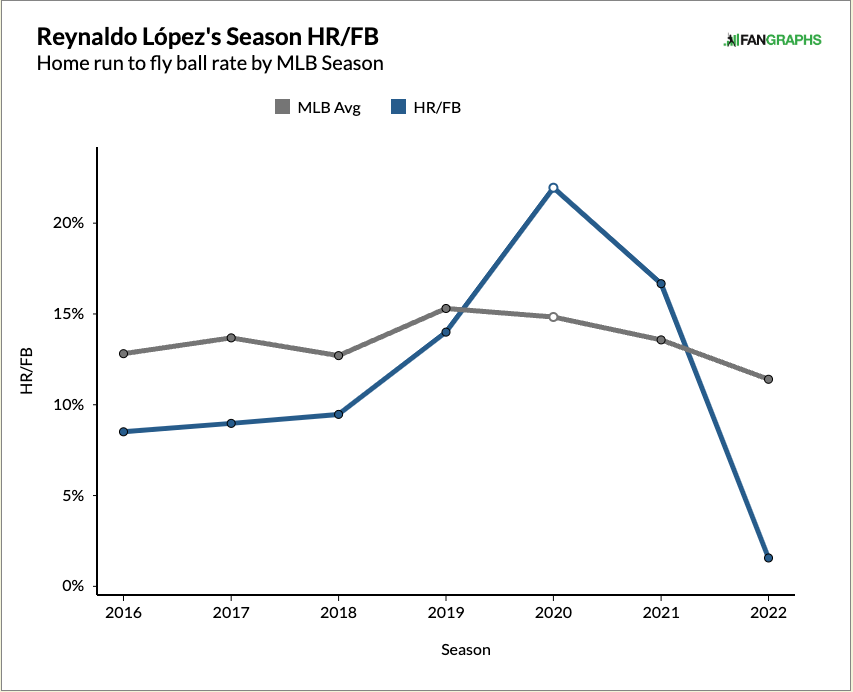
In every year of his career, López has been above the average of balls in play that are fly balls. If he is still giving up hard contact, but in smaller samples as a reliever, and he is still putting the ball in the air more often than the average, yet he is no longer giving up home runs, what will happen?
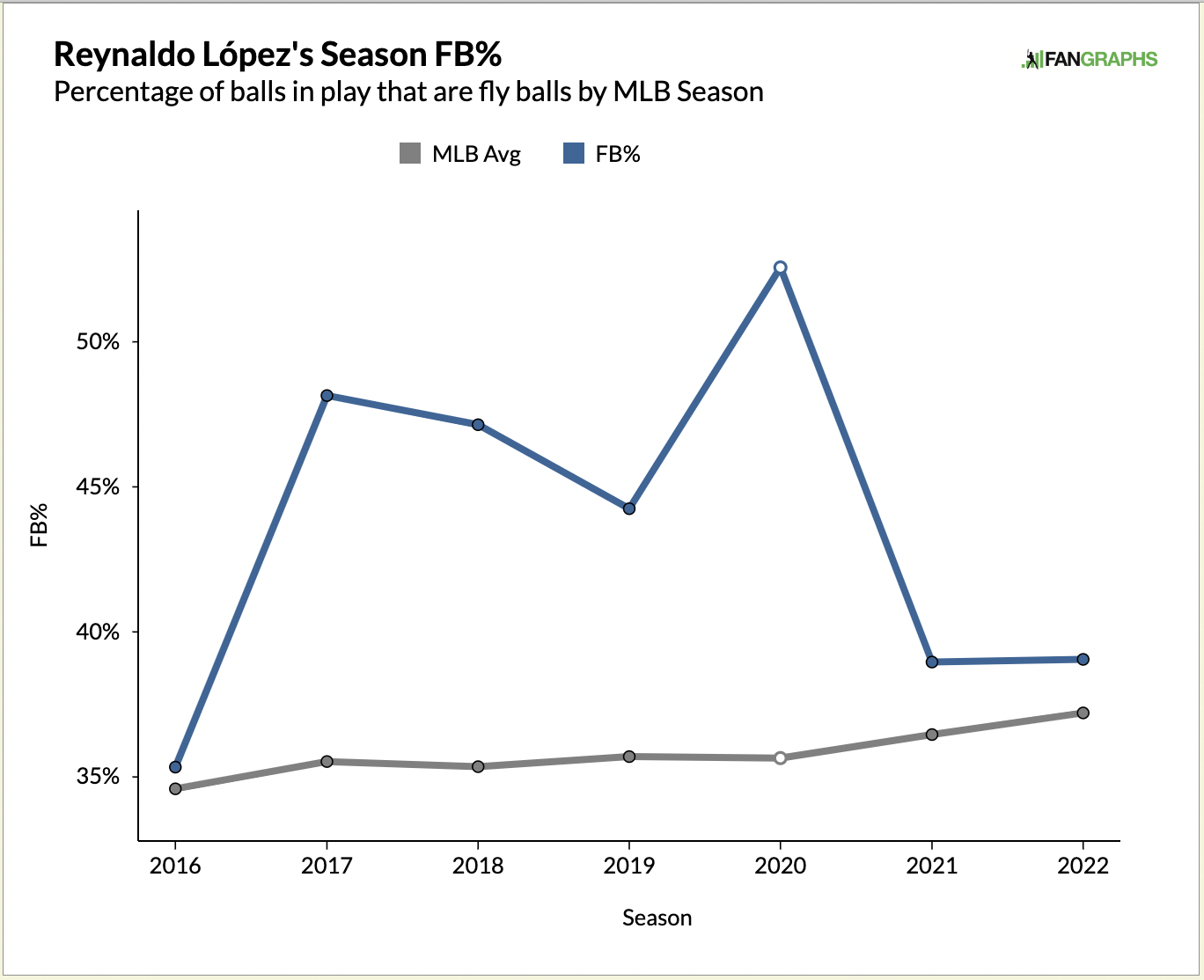
Steamer projected 13 home runs to be hit off the Chicago righty, but to be fair, he was mostly projected as a starter. Regardless, let’s re-calculate his FIP on the year and throw in five more home runs for a total of six. His FIP is now 2.96 which is more in line with his xFIP of 3.27. Finally, here’s the point: Reynaldo López has gotten lucky this year with home runs. He has limited his walk rate and the home runs he has given up tremendously, but it’s not sustainable.

This may seem like an off-season article, but we’re nearly there. You may be looking through leaderboards and you may notice López’s excellent reliever WAR standing to finish off the year. You may notice his FIP. You may notice his velocity increase, his new role, and his improved whiff rate. Don’t get me wrong, López has had a nice season. It has been a great way to bounce back and become relevant once again. But, hidden under all those improvements, is fly ball/home run luck.




